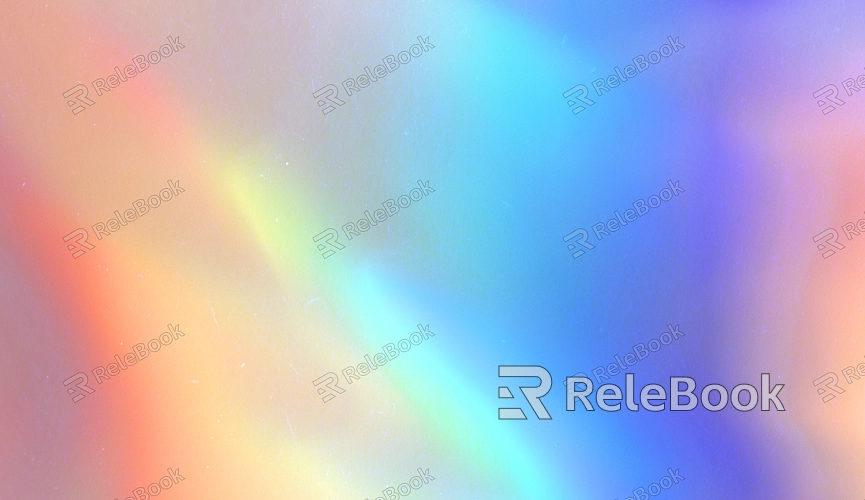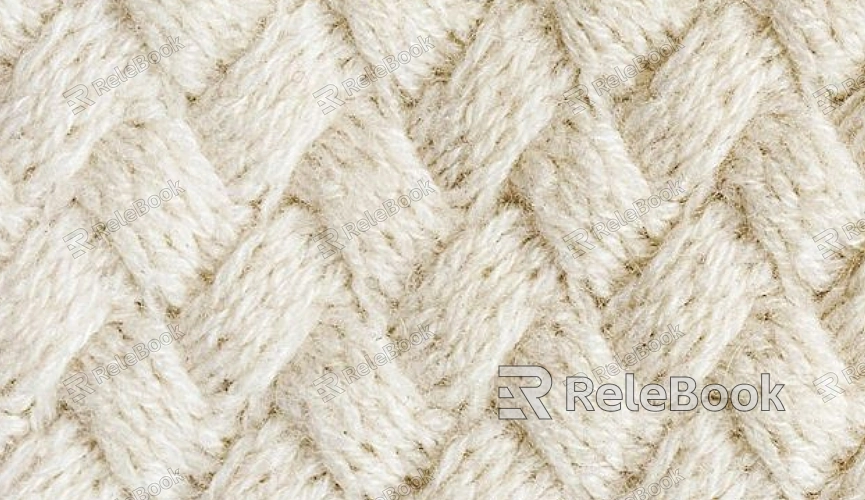How to Paint on a Texture in Paint 3D
When it comes to 3D modeling and rendering, textures play a crucial role in adding realism and detail to models. Whether you're working on game development, virtual reality (VR), visual effects for movies, or product visualization, textures are essential to achieving high-quality results. In this article, I will walk you through how to paint textures in Paint 3D, a user-friendly and powerful tool that can help you create more detailed and visually appealing 3D works while improving your workflow.

Understanding the Basics of Texture Painting in Paint 3D
Before diving into painting textures, it’s important to understand how Paint 3D handles texture painting. Paint 3D is a lightweight, Windows-based 3D design software that allows you to paint 2D textures directly onto 3D models. Unlike traditional 2D drawing software, Paint 3D enables you to draw directly on the surface of 3D models, giving you the ability to see real-time results as you work. This feature is particularly useful for designers who need quick and efficient texture applications.
What is a Texture?
A texture refers to the process of mapping an image onto the surface of a 3D model. In Paint 3D, textures can include colors, details, and material properties, which are represented through different types of maps such as base textures, normal maps, and roughness maps. By applying the right texture, a 3D model can appear more lifelike and detailed.
The Role of Textures
Textures not only add more detail to a model but also affect properties like material glossiness, surface roughness, and transparency. These properties influence how light interacts with the surface, which in turn determines how the model appears under different lighting conditions.
Preparing Your 3D Model for Texture Painting
Before you start painting, you’ll need to prepare your 3D model and import it into Paint 3D. Paint 3D supports common 3D file formats like .obj and .fbx, making it easy to import and start working with your models.
Importing the 3D Model
Open Paint 3D and click on the “Open” button on the main screen.
Select the 3D model you want to paint textures on.
You can rotate and zoom in on the 3D canvas to ensure the model is positioned in a way that’s suitable for painting.
Preparing the Surface for Painting
After opening the model, select the surface of the model you want to paint on (for example, one side of the model or a specific detail).
Paint 3D will automatically flatten the selected surface into a 2D view, making it easier for you to paint on it.
Painting Textures in Paint 3D
Paint 3D offers a variety of simple yet effective drawing tools to help you create different types of textures. Below are some of the common techniques used to paint textures:
Using the Brush Tool
Brush Tool: Select the brush tool, then adjust the size and opacity of the brush. In the 2D view of the model's surface, you can paint basic colors or simple gradient effects to add the foundational texture.
Texture Fill: Paint 3D allows you to use texture maps to fill a model's surface. Simply choose a texture image and drag it onto the model’s surface to quickly apply the texture.
Customizing Textures
You can customize your textures by using the smudge tool or other brushes to add details like roughness or gradients. This allows you to simulate lighting effects and enhance the 3D appearance of the model.
Drawing Patterns and Details
If your model requires more intricate patterns or detailed textures, Paint 3D also supports drawing complex details. By switching to “2D Canvas” mode, you can precisely paint each detail of the model’s surface and preview the results in 3D.

Refining Texture Effects
Once you've painted the basic textures, you’ll likely need to refine them to ensure they match the desired look and feel of the model.
Adjusting Texture Coordinates
In Paint 3D, you can adjust the texture coordinates to fine-tune how the texture maps onto the 3D model. This may involve rotating, scaling, or repositioning the texture to ensure it fits properly on the model's surface.
Adjusting Lighting and Material Properties
Although Paint 3D is a lightweight tool, it provides basic lighting and material adjustments. You can modify the model’s material properties, such as metalness and glossiness, to enhance the texture’s realism and depth.
Finalizing and Exporting the Texture
After painting the textures, the final step is to apply the texture to the model and export it for use in other 3D applications.
Applying the Texture
Once you’re satisfied with the texture painting, apply the texture to the model’s surface.
Use the preview mode to see how the texture looks in real-time and make any necessary adjustments.
Exporting the 3D Model
Save the completed 3D model in formats like .obj or .fbx and ensure that the texture is correctly associated with the model.
This way, you can continue working with the model in other 3D software, ensuring compatibility across platforms.
Enhancing Your Workflow
By following the steps outlined above, you can easily paint expressive and detailed textures in Paint 3D. This process is straightforward and ideal for designers who need to quickly create textures for their 3D models. Mastering these techniques will not only improve your modeling work but also enhance the quality of your renders, resulting in more polished projects.
If you’re looking for more high-quality 3D models, textures, or inspiration, Relebook offers a vast library of resources that can help you find exactly what you need to elevate your creative projects. With access to a wide range of materials, you can boost your productivity and take your 3D designs to the next level.

